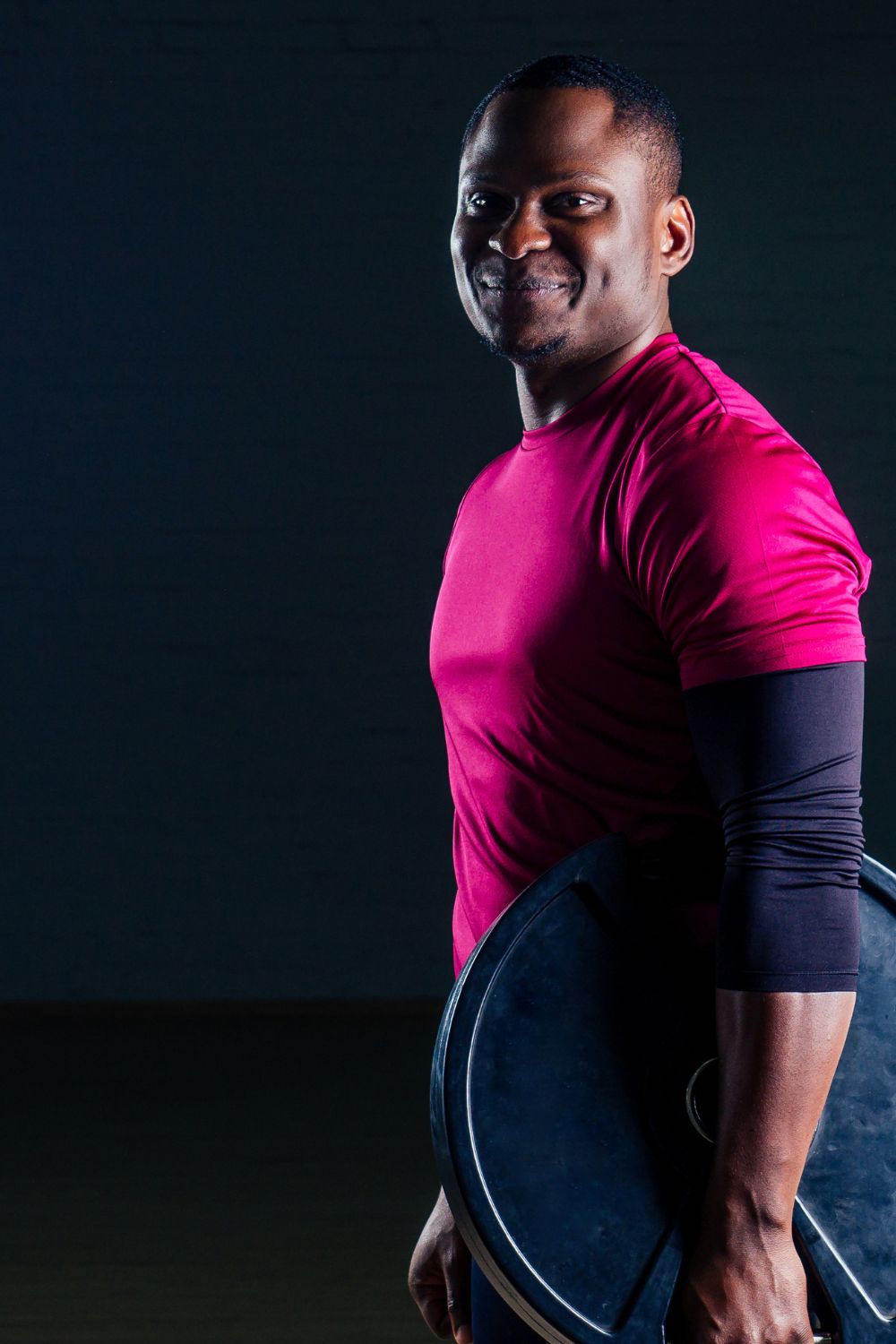Adaptation:
Your body might have adapted to the exercise. If squats are a regular part of your workout routine, your muscles may have become accustomed to the stress, causing less soreness over time.
Proper Form:
Ensuring proper form during squats can make a significant difference. If you’ve recently corrected your form, it might be causing different muscles to engage more effectively, leading to less soreness.
Recovery:
Adequate recovery practices can minimize soreness. Factors like hydration, nutrition, and post-workout stretching can help reduce muscle fatigue and soreness.
Muscle Strength:
Increased muscle strength can also contribute to reduced soreness. As your muscles get stronger, they may not experience the same level of soreness as when they were less conditioned.
Variation in Workouts:
If you incorporate various leg exercises into your routine, your body might distribute the workload differently, resulting in less soreness after squats specifically.
However, it’s essential to note that the absence of soreness doesn’t always reflect the effectiveness of your workout. Sometimes, soreness might not kick in until a day or two post-exercise, known as delayed onset muscle soreness (DOMS). It’s not uncommon to experience DOMS, even if you didn’t feel sore immediately after working out.
If you’re consistently not feeling any soreness after squat sessions and you’re concerned about the intensity of your workouts, you might want to consider:
Increasing Resistance:
Gradually increasing the weight or resistance during squats can challenge your muscles more and potentially induce more soreness.
Varied Techniques:
Exploring different squat variations (front squats, goblet squats, etc.) can engage muscles differently and might result in varying levels of soreness.
Consulting a Trainer:
Seeking guidance from a fitness professional or trainer can help evaluate your workout routine and ensure it’s optimized for your fitness goals.
Remember, everyone’s body responds differently to exercise, so the absence of soreness doesn’t necessarily indicate a lack of progress. Focus on how your body feels during and after workouts, and listen to its cues to adjust your routine accordingly.
A comparison tabular on this
Here’s a comparison table highlighting the differences between feeling leg soreness and not feeling soreness after squats:
| Aspect | Feeling Leg Soreness After Squats | Not Feeling Leg Soreness After Squats |
|---|---|---|
| Common Experience | Typically experience soreness, known as DOMS (Delayed Onset Muscle Soreness), within 24-48 hours post-workout. | May not experience soreness immediately or even after a day or two post-workout. |
| Possible Causes | New or intensified workout, change in routine, increased resistance, or different exercise variations targeting muscles in a new way. | Body adaptation to regular squats, proper form leading to effective muscle engagement, sufficient recovery practices, and increased muscle strength. |
| Effect on Workouts | Soreness might impact subsequent workouts, potentially limiting movement and intensity. | Absence of soreness does not necessarily imply lack of workout effectiveness; may continue workouts with higher intensity or frequency. |
| Indication of Progress | Often interpreted as a sign of muscle fatigue and growth, indicating that muscles are being challenged and responding to exercise. | Lack of soreness does not always correlate with workout effectiveness; progress can still be made even without soreness. |
| Adjustment of Routine | Might prompt a decrease in workout intensity, additional recovery practices like stretching or rest, or modifications in exercise frequency. | May require assessing workout regimen to ensure adequate challenge for muscle growth, potentially by increasing resistance or trying different squat variations. |
Understanding these differences can help individuals gauge their workout effectiveness and make informed decisions about adjusting their fitness routines based on their body’s response to squats.
Feeling sore after a workout, especially after squats, is a common experience for many fitness enthusiasts. It’s often seen as a sign of progress, indicating that your muscles are being challenged and are adapting to new exercises or increased intensity. However, not feeling soreness doesn’t mean your workout was ineffective.
Whether you’re experiencing the expected soreness or not, the key lies in understanding your body and its response to exercise. Listen to what your body is telling you. If you’re feeling good and your strength is improving, keep up the fantastic work!
Remember, fitness is a journey, and everyone’s body reacts differently to workouts. The absence of soreness might simply mean that your body has become more efficient at handling the stress of squats, or it might be an indicator to switch up your routine to keep challenging yourself.
Regardless of soreness, consistency, proper form, adequate nutrition, and recovery practices remain essential for progress and overall fitness. So, embrace your body’s signals, adjust your workouts as needed, and keep striving towards your fitness goals with determination and passion. Cheers to a strong and healthy journey ahead!

Hey there, it’s Mike Rrsq, the Editor-in-Chief over at Jsquat.com, and I’m absolutely obsessed with all things squat fitness! I’ve been lucky enough to get some serious recognition for my work in this field. With a solid background in the fitness and wellness industry, I’ve been there right from the get-go, helping shape this website into what it is today.
You see, I’m not just the boss around here; I’m also a passionate contributor. I love sharing my insights through my articles, and trust me, they’re not your run-of-the-mill stuff. Each piece I write is a labor of love, filled with my expertise and real-world experience in the fitness universe. So, if you’re into fitness and looking for some inspiration, you’re in the right place!

